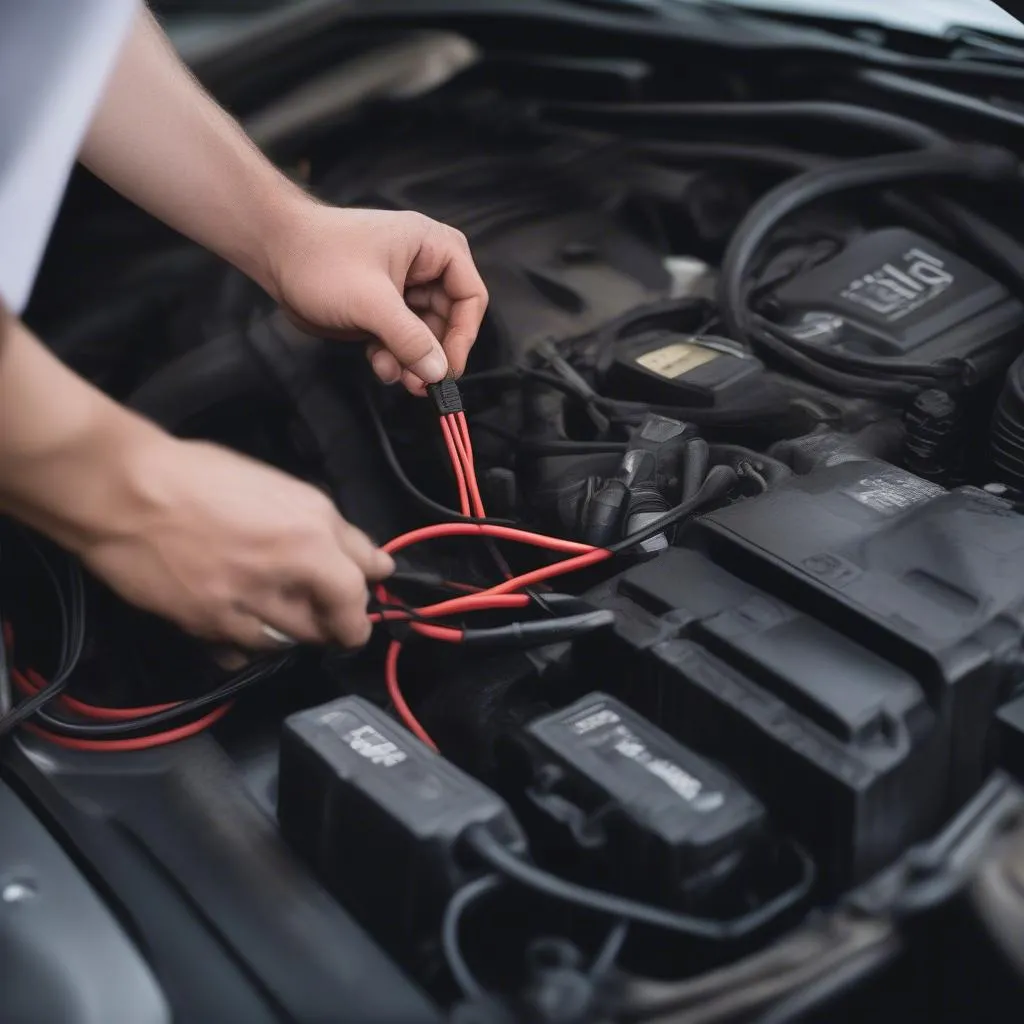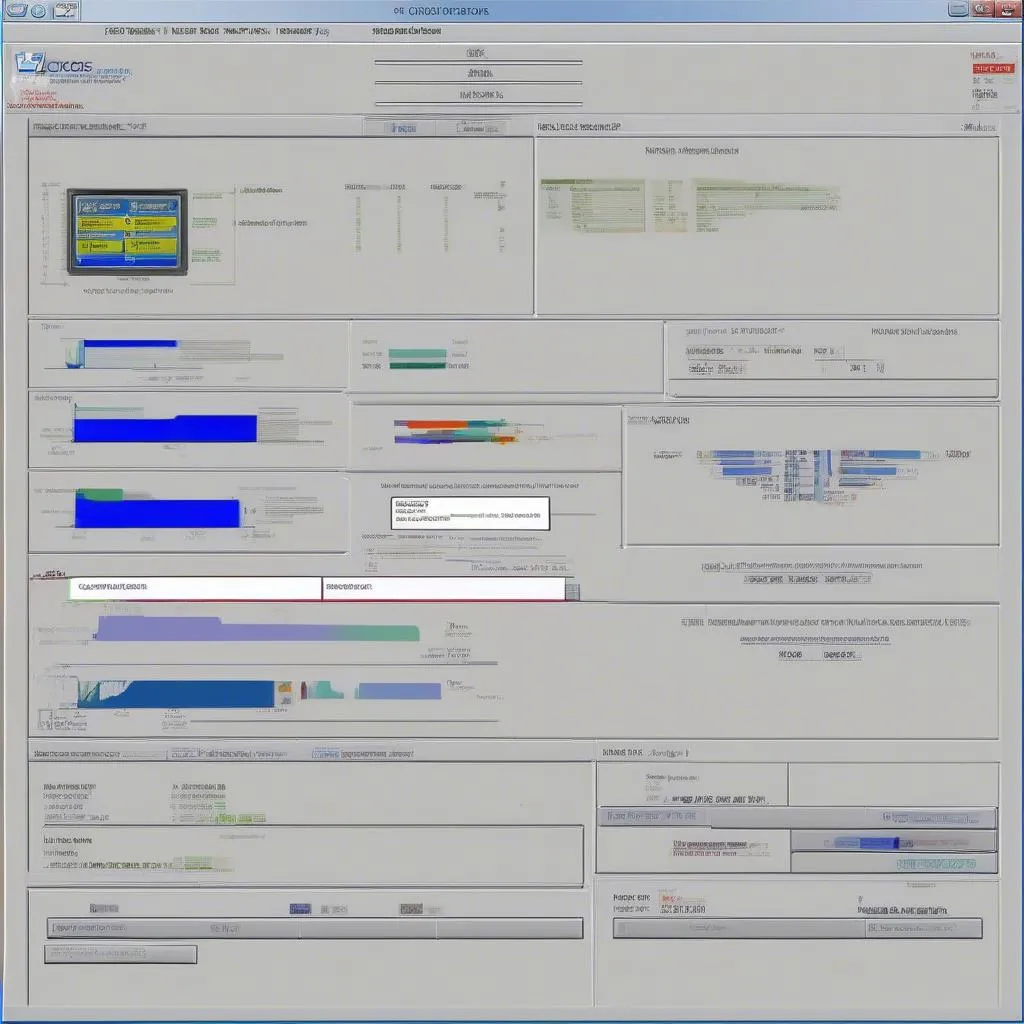The world of automotive diagnostics might seem like a black box to many. However, with tools like VCDS (Vag-Com) and a basic understanding of communication protocols like the K-Line, you can unlock a wealth of information about your vehicle. This article delves into the specifics of VCDS and the K-Line, equipping you with the knowledge to demystify car diagnostics.
What is the K-Line in Automotive Diagnostics?
The K-Line is a single-wire, serial communication protocol used in vehicles for diagnostics. Think of it as a language that your car uses to speak to diagnostic tools. VCDS, a widely popular diagnostic software, utilizes this K-Line to communicate with a vehicle’s various electronic control units (ECUs).
Why is the K-Line Important?
Before the advent of more advanced communication protocols like CAN bus, the K-Line was the primary method for retrieving diagnostic information from vehicles. Even with newer protocols taking center stage, the K-Line retains relevance, particularly for older vehicles. It allows you to:
- Read and clear fault codes: Diagnose those pesky check engine lights and identify issues.
- View live data streams: Monitor sensor readings in real time for troubleshooting.
- Perform adaptations and basic coding: Customize certain vehicle settings within defined parameters.
 car diagnostic cable
car diagnostic cable
VCDS and the K-Line: A Powerful Combination
VCDS leverages the K-Line to provide a user-friendly interface for interacting with your vehicle’s ECUs.
Here’s how it works:
- You connect a VCDS interface cable to your computer’s USB port and the vehicle’s OBD-II port.
- The interface establishes a connection with the vehicle’s ECUs via the K-Line.
- VCDS software sends and receives data through this connection, allowing you to perform diagnostics.
Why is VCDS popular?
“The K-Line’s simplicity makes it approachable for enthusiasts, and VCDS capitalizes on this by providing an intuitive interface that makes diagnostics less daunting.” – [Expert Name], Automotive Electronics Specialist
 VCDS software interface
VCDS software interface
Advantages and Disadvantages of Using VCDS with the K-Line
Advantages:
- Cost-effective: Compared to some high-end dealer-level tools, VCDS offers a budget-friendly solution.
- User-friendly interface: VCDS is designed to be intuitive, even for those new to automotive diagnostics.
- Extensive vehicle coverage: VCDS supports a wide range of makes and models, particularly within the Volkswagen Audi Group (VAG).
Disadvantages:
- Limited functionality with newer vehicles: As vehicles adopt newer protocols like CAN bus, the K-Line’s role is diminishing. VCDS might have limited functionality on such vehicles.
- Requires some technical know-how: While user-friendly, effectively using VCDS to its full potential requires a basic understanding of automotive systems.

